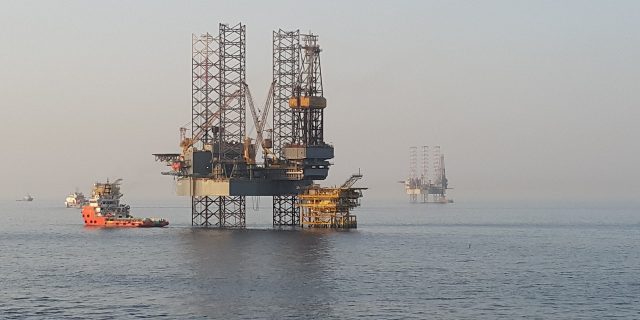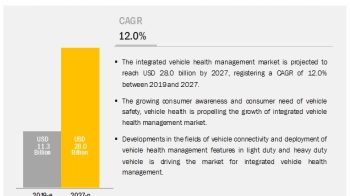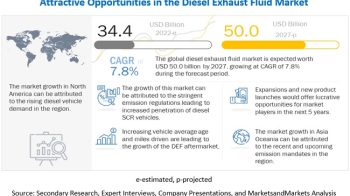
The global Offshore Support Vessel Market is expected to grow from an estimated USD 22.0 billion in 2021 to USD 26.8 billion by 2026, at a CAGR of 4.0%, during the forecast period. The market growth is driven by robust investments in the offshore oil & gas and renewable sectors. Increasing deepwater activities and decommissioning of aging offshore infrastructure is likely to offer lucrative opportunities for the Offshore Support Vessel Market. The Asia Pacific is estimated to be the largest offshore support vessel market, followed by Europe and North America in 2020. This trend is expected to continue until 2026. Also, the North American market is projected to be the fastest-growing market during the forecast period. The growth of the offshore support vessel market is driven by rising offshore investments in the US and the Gulf of Mexico, and a focus on the potential deepwater discoveries in the US.
Download PDF Brochure: https://www.marketsandmarkets.com/pdfdownloadNew.asp?id=1212
The oil & gas is expected to be the largest segment of the offshore support vessel market
The lifecycle of oil and gas fields can be segmented into 4 phases, namely, exploration, development, production, and decommissioning; each phase has its own set of requirements. Offshore support vessels are designed for specific operations and deliver support services at offshore drilling rigs and oil-producing assets, such as production platforms and floating production storage and offloading (FPSO) unit. These offshore support vessels are also used to carry out pipe laying services and decommissioning of offshore rigs. In the North Sea alone, over 450 platforms, 10,000 km of pipelines, and 5,000 wells are expected to be decommissioned by 2040. According to the Oil & Gas UK, an offshore oil & gas industry association in the UK, decommissioning of this infrastructure would cost up to USD 80 billion. Globally, there are approximately 7,000 offshore structures that are eligible for decommissioning. The Gulf of Mexico and the North Sea are two of the largest regions with most infrastructure eligible for decommissioning. Decommissioning of rigs generates demand for offshore support vessels, thereby driving the market growth.
Asia Pacific is expected to be the largest offshore support vessel market.
In this report, the Offshore Support Vessel Market has been analyzed with respect to 6 regions, namely, North America, Asia Pacific, South America, Europe, Middle East, and Africa. Asia Pacific is expected to dominate the global Offshore Support Vessel Market between 2021 and 2026. The major economies in Asia Pacific, such as China, India, Indonesia, Malaysia, Vietnam, and Thailand, are focusing on increasing their offshore E&P CAPEX. According to Scottish Development International, the CAPEX for new offshore developments in Asia Pacific is set to be about 25% of the global spending, making the region an important part of the offshore industry. Various policymakers in the region are prioritizing new offshore activities in deep and ultra-deep waters. The most important of these new offshore developments include Australia’s Briseis, Scarborough, and Laverda projects; Malaysia’s Rotan, Gumusut-Kakap, and Petai projects; India’s KG-D6 complex; and Indonesia’s Gehem project. Moreover, the count of offshore support vessels is also growing in the region due to an increase in the number of vessel manufacturers in the market, especially from China and South Korea.
Request Sample Pages: https://www.marketsandmarkets.com/requestsampleNew.asp?id=1212
The key players in the Offshore Support Vessel Market include DOF Group(Norway), Solstad Shipping (Norway), SEACOR Marine (US), Swire Pacific (Hong Kong), Tidewater (US), Havila Shipping (Norway), Maersk (Denmark), and Siem Offshore (Norway).


